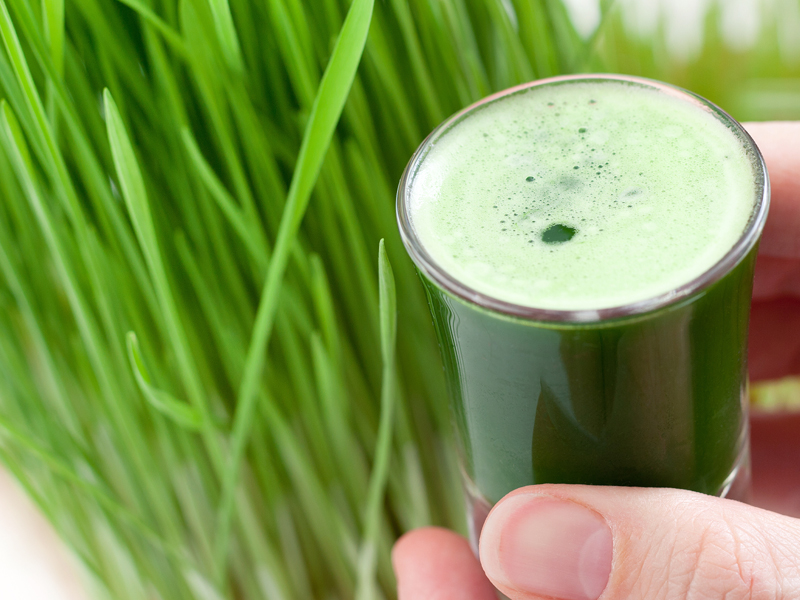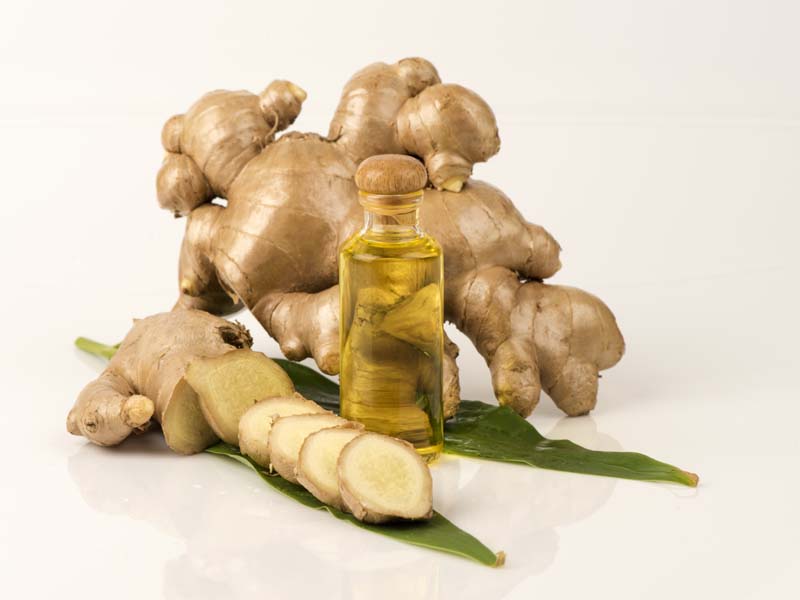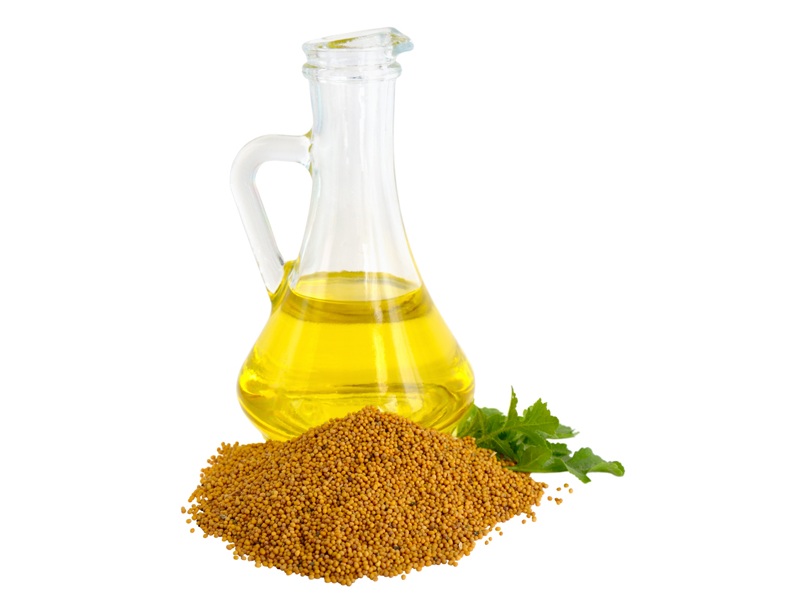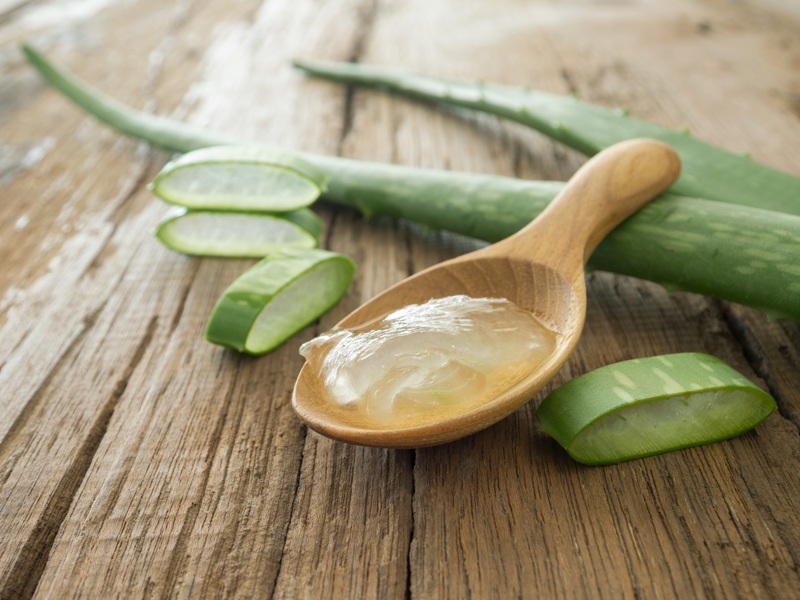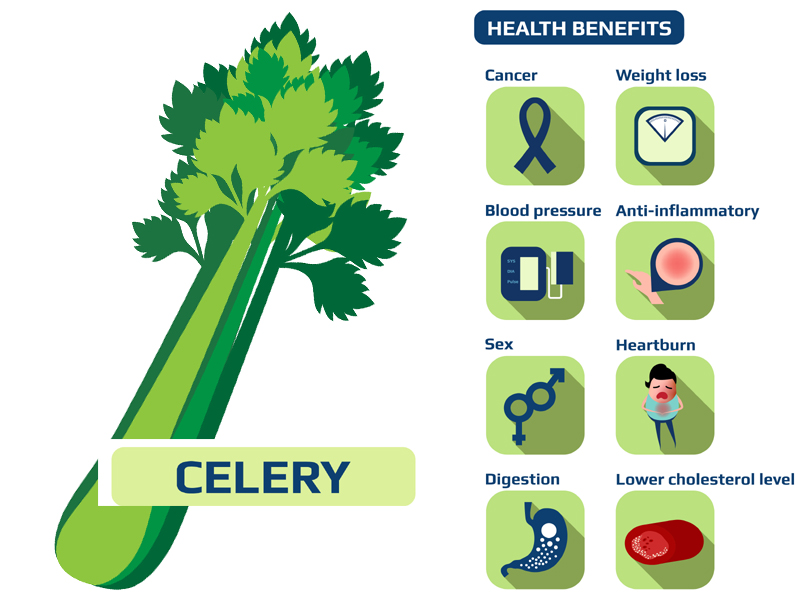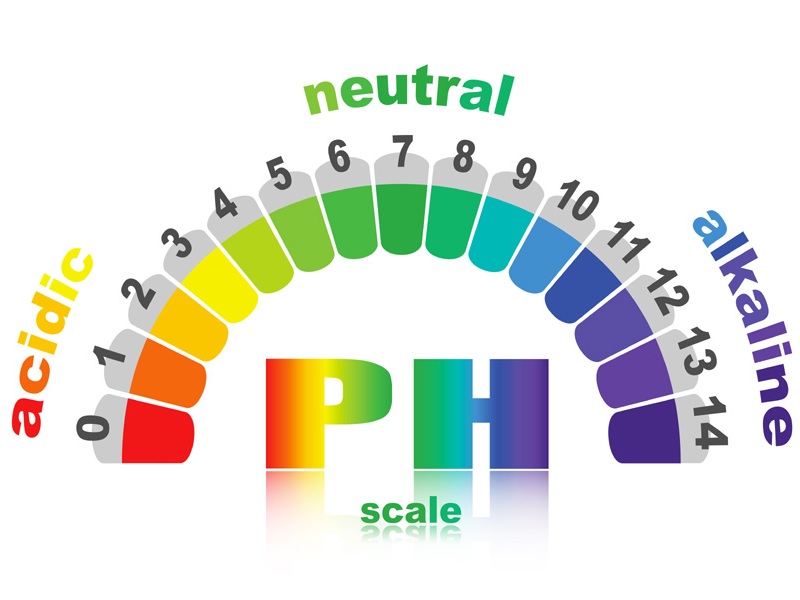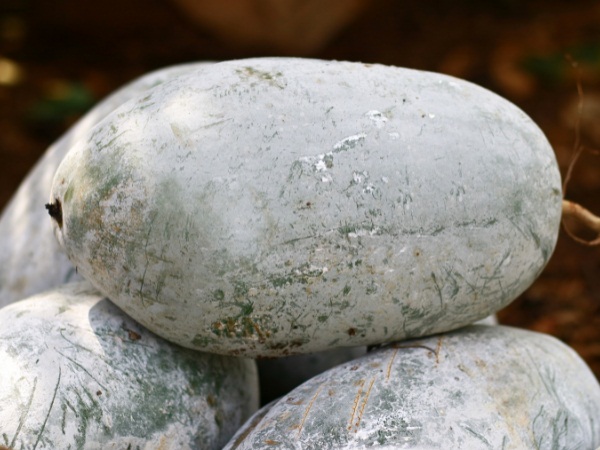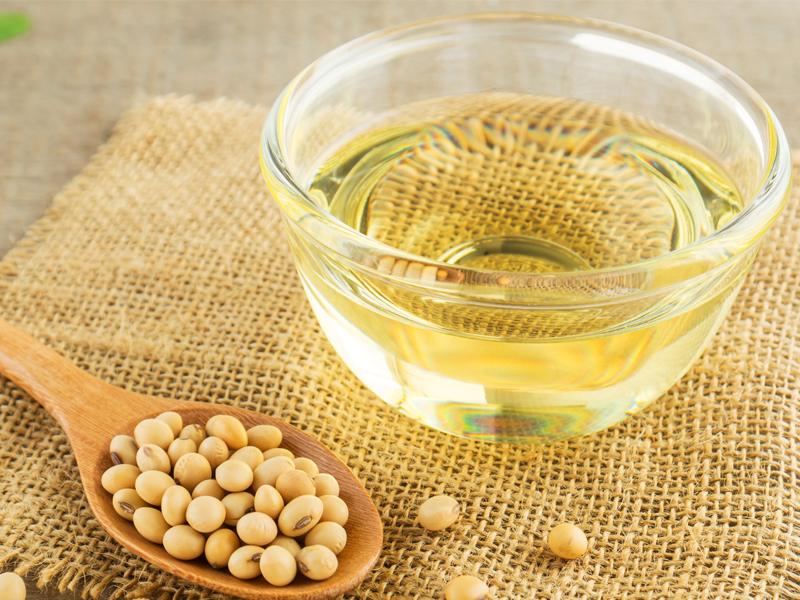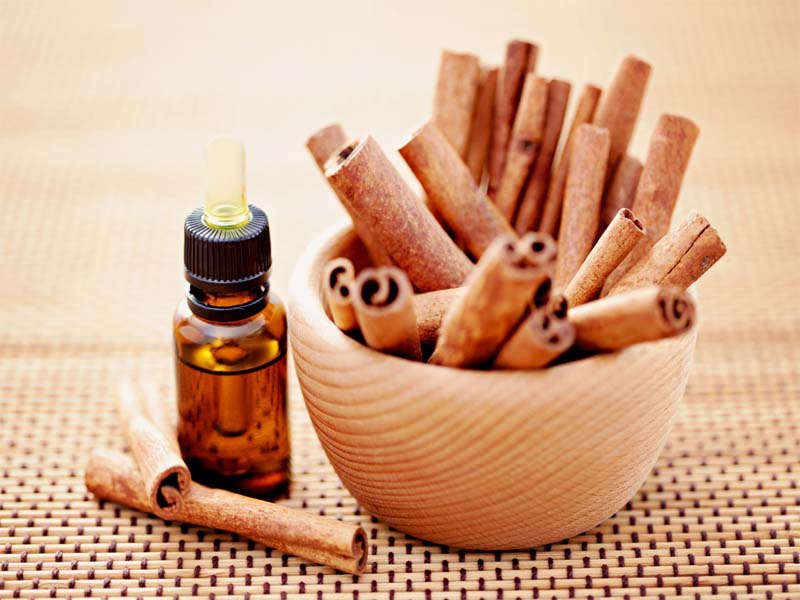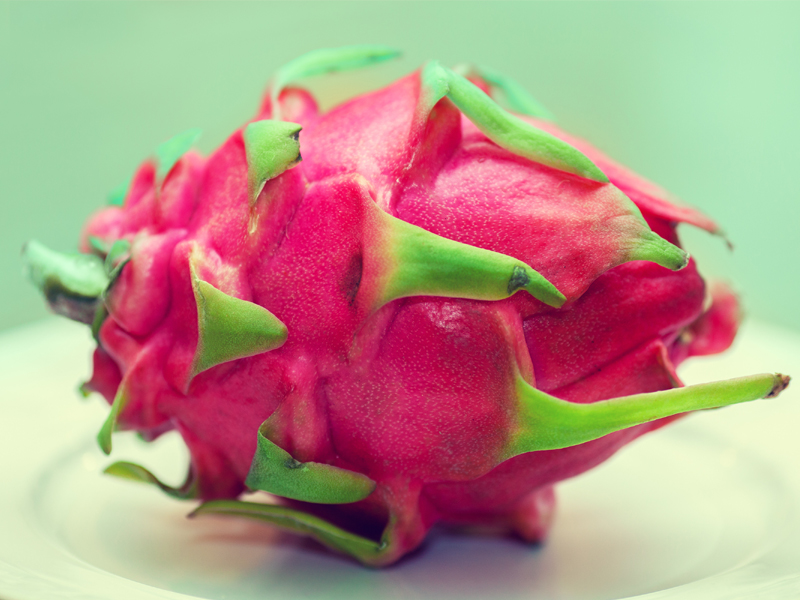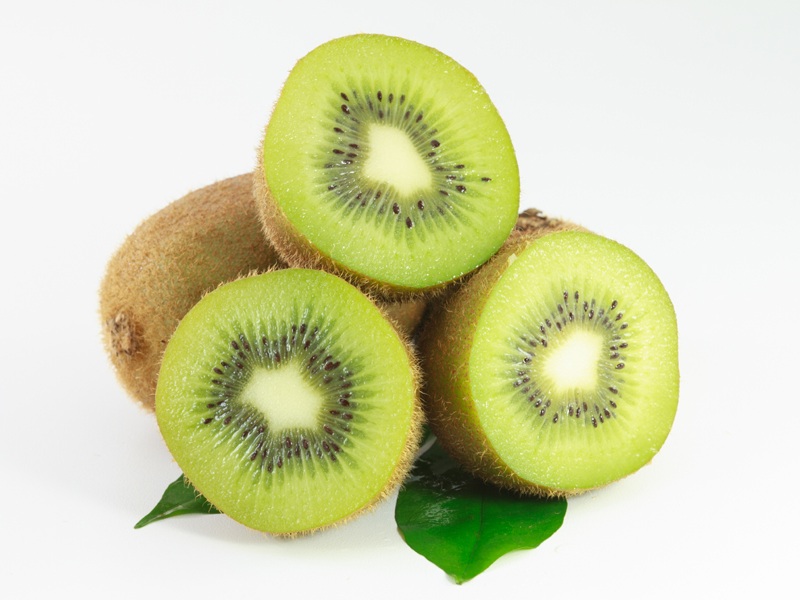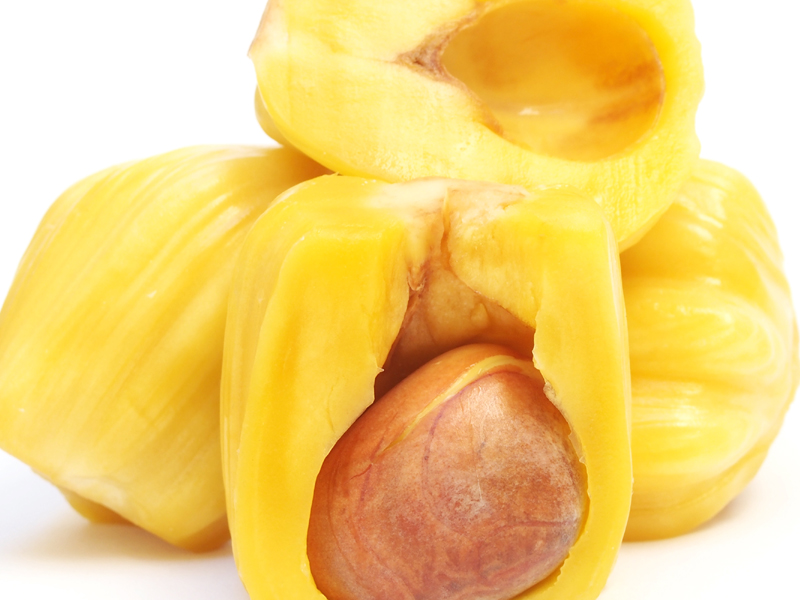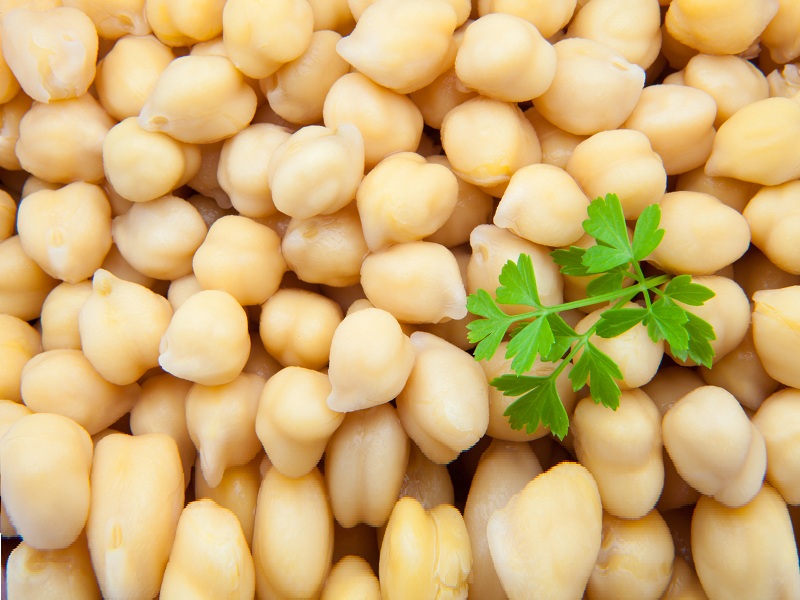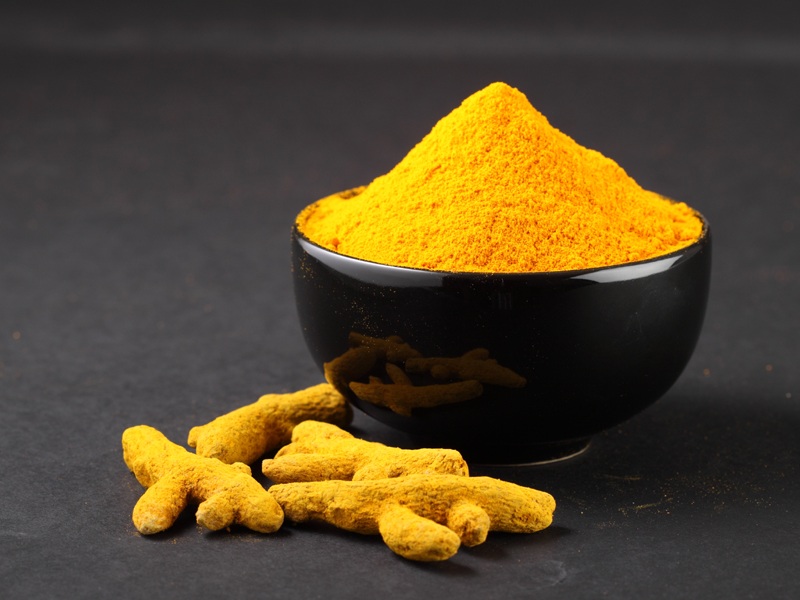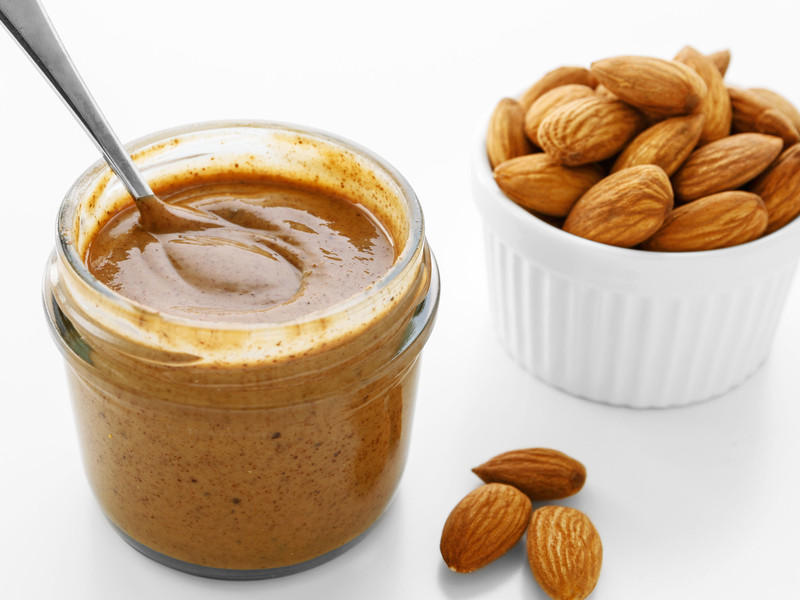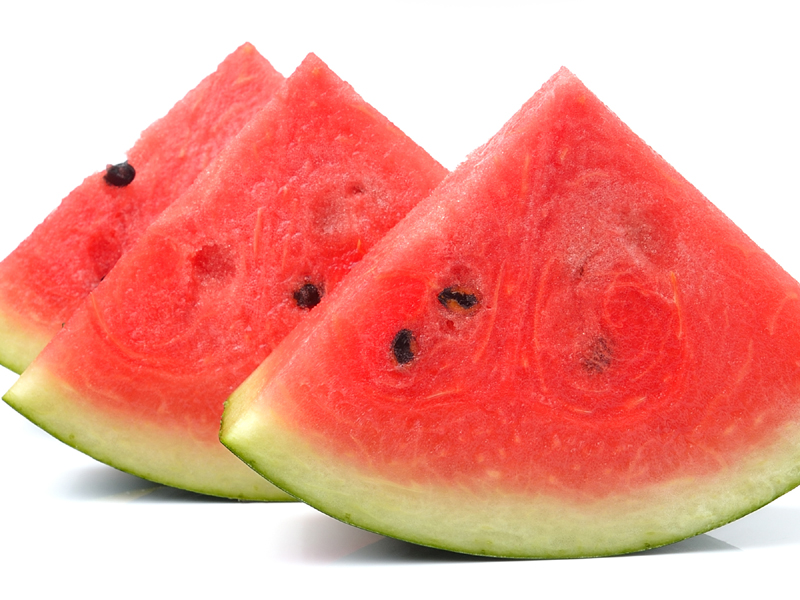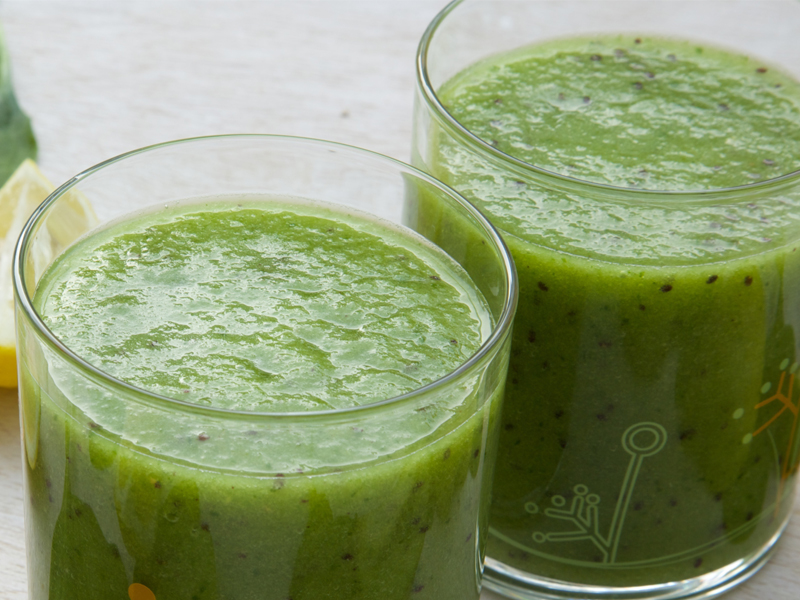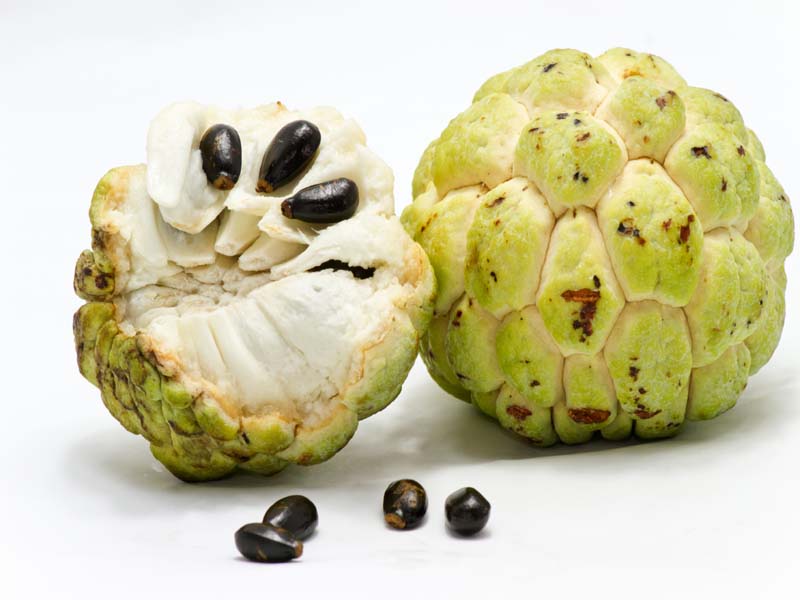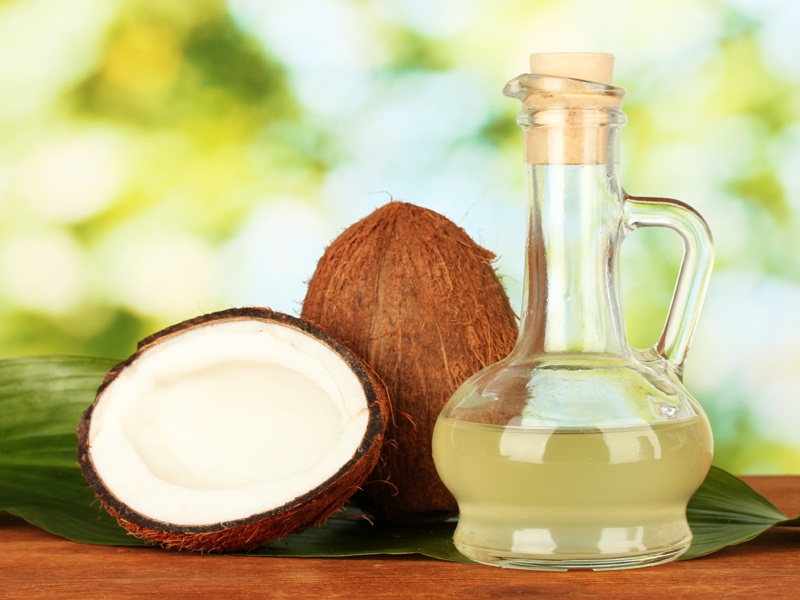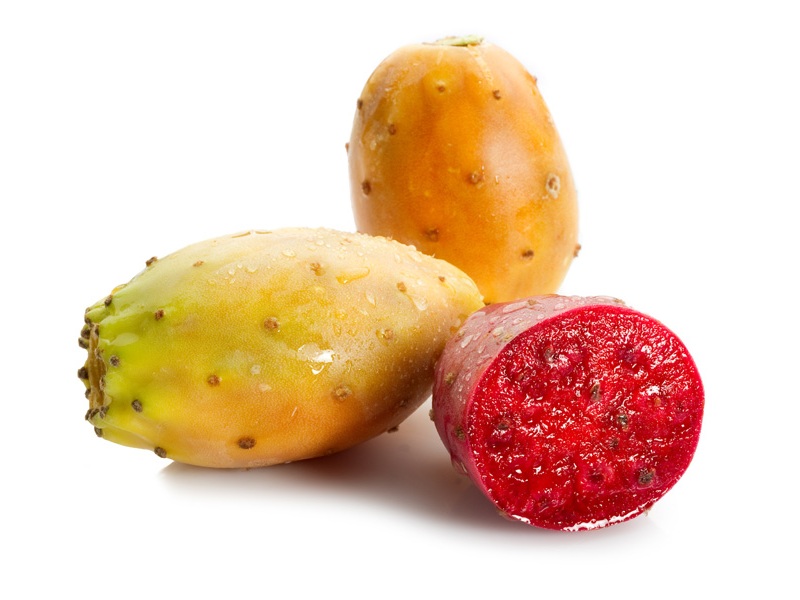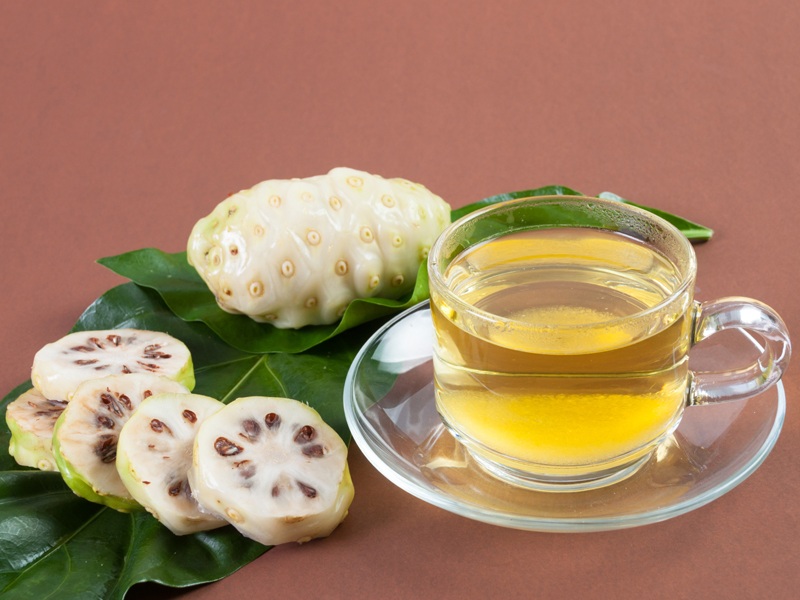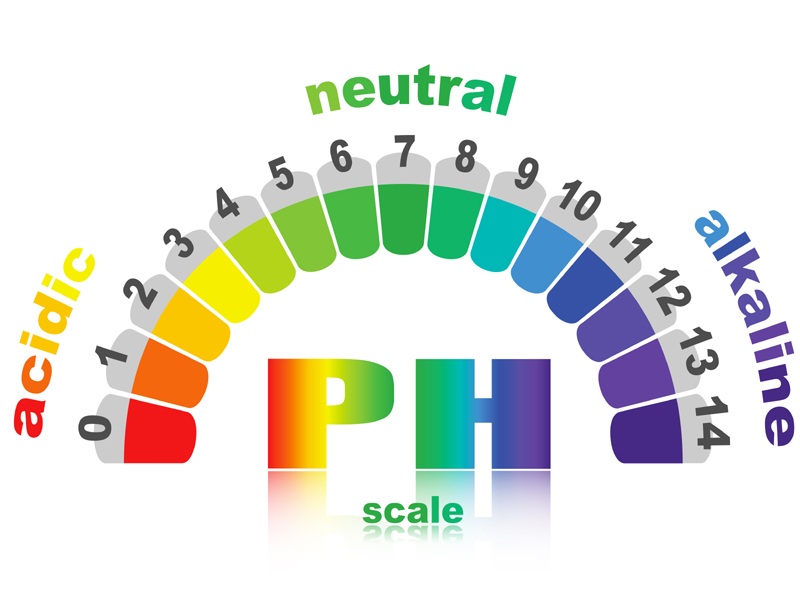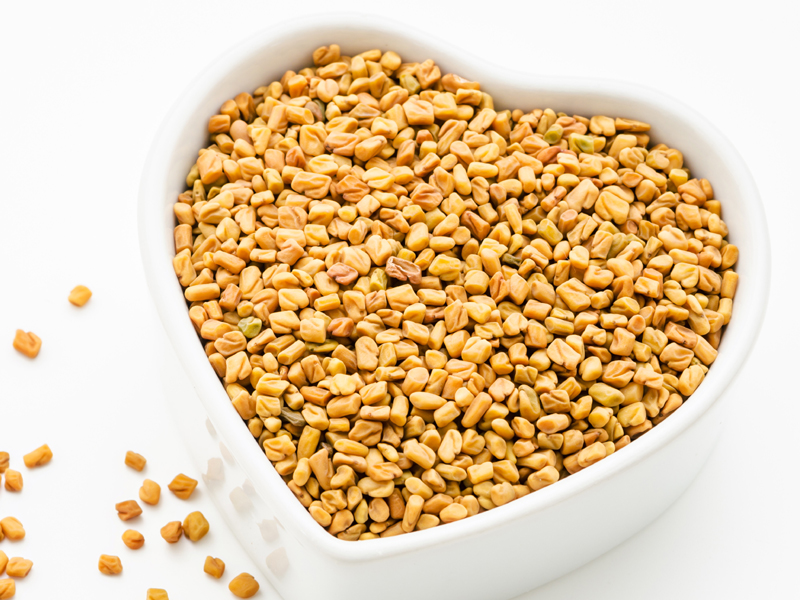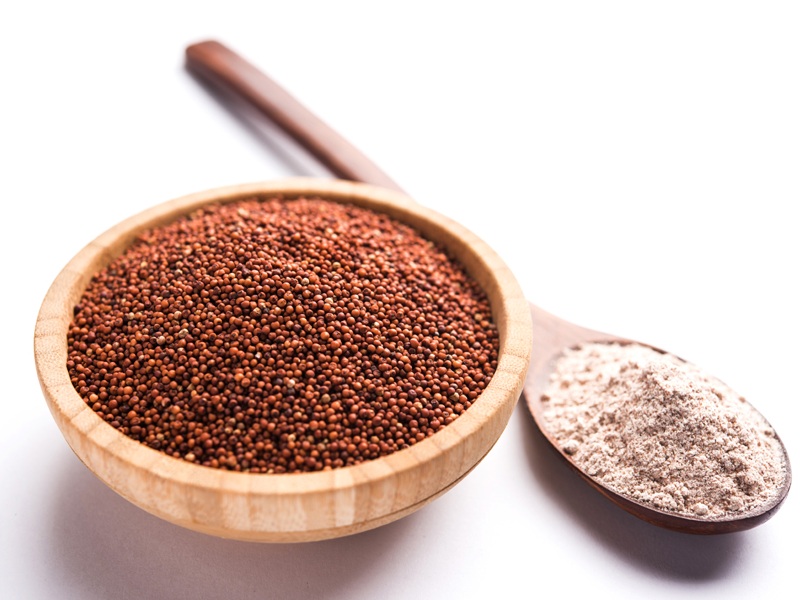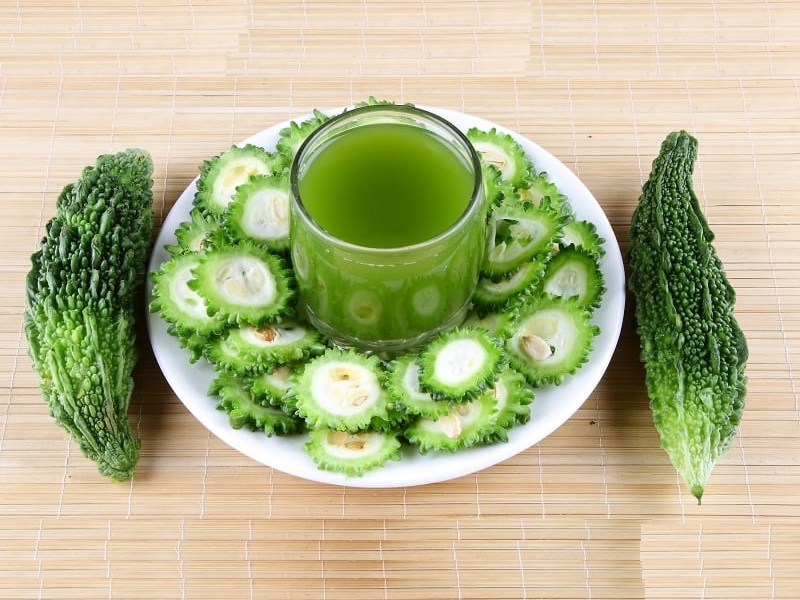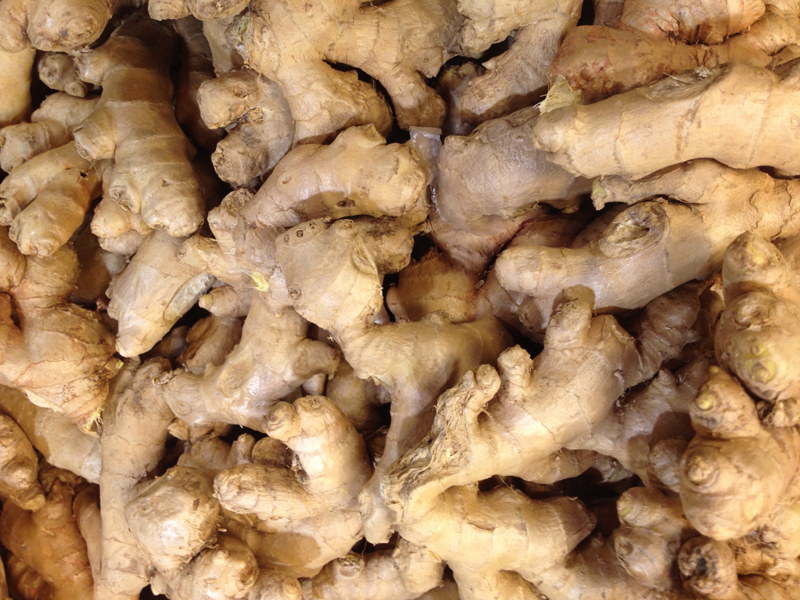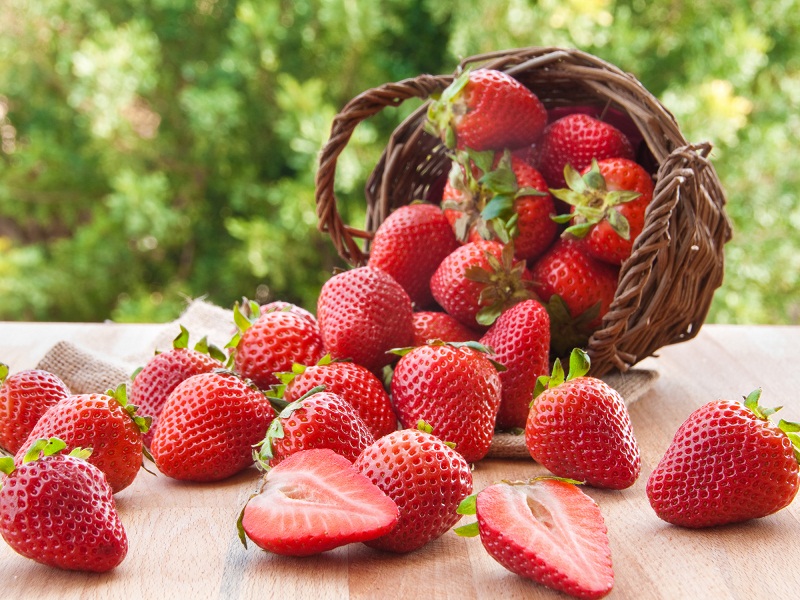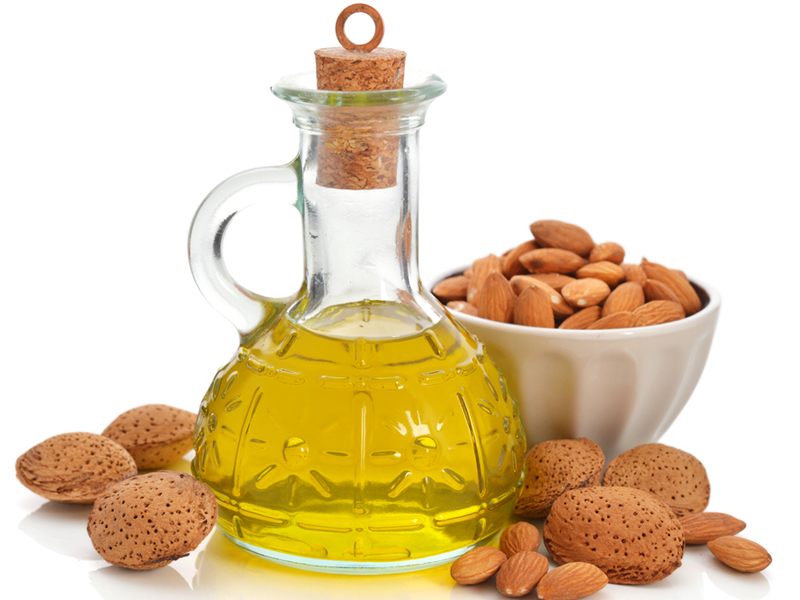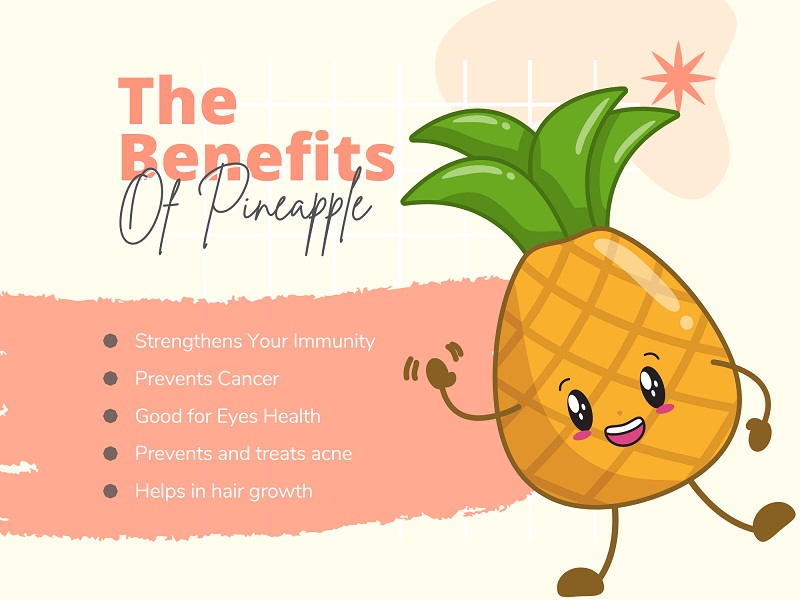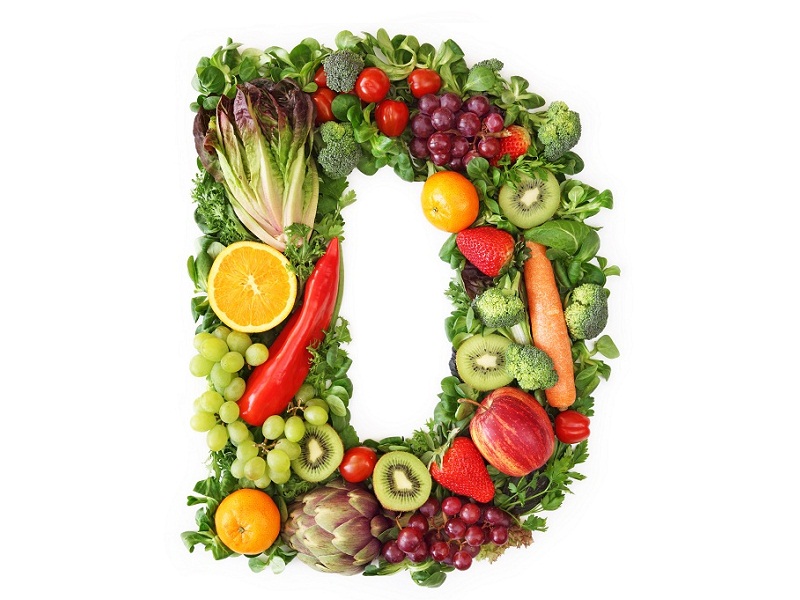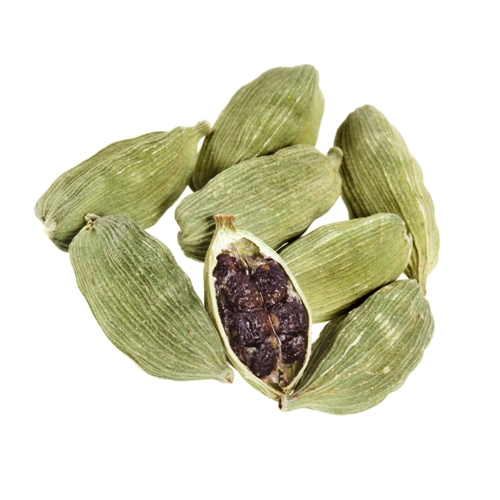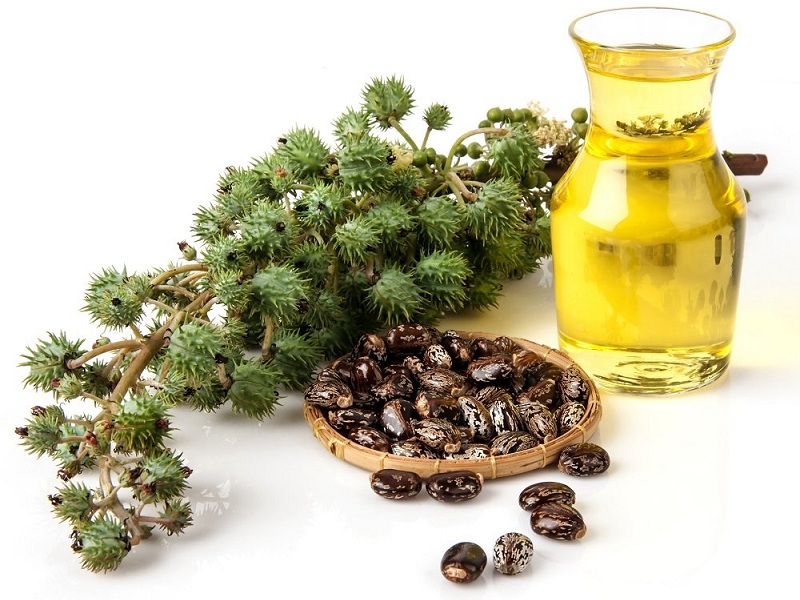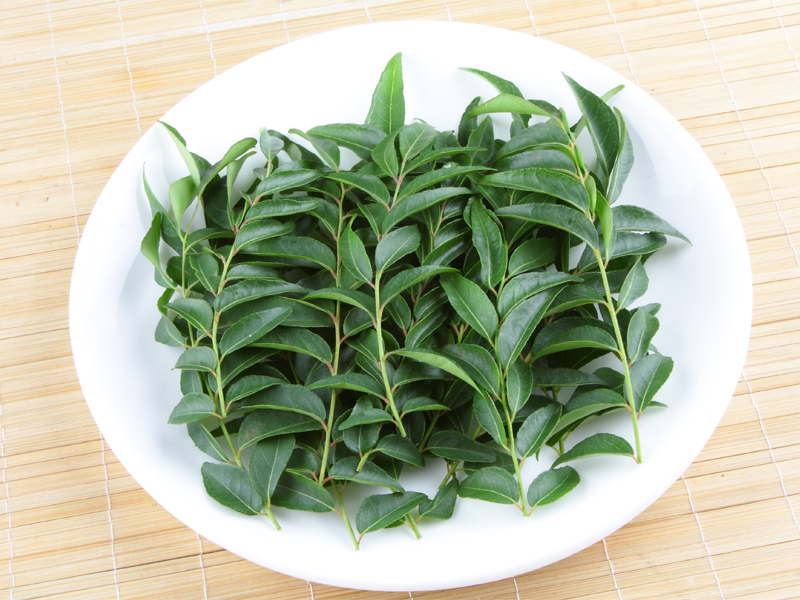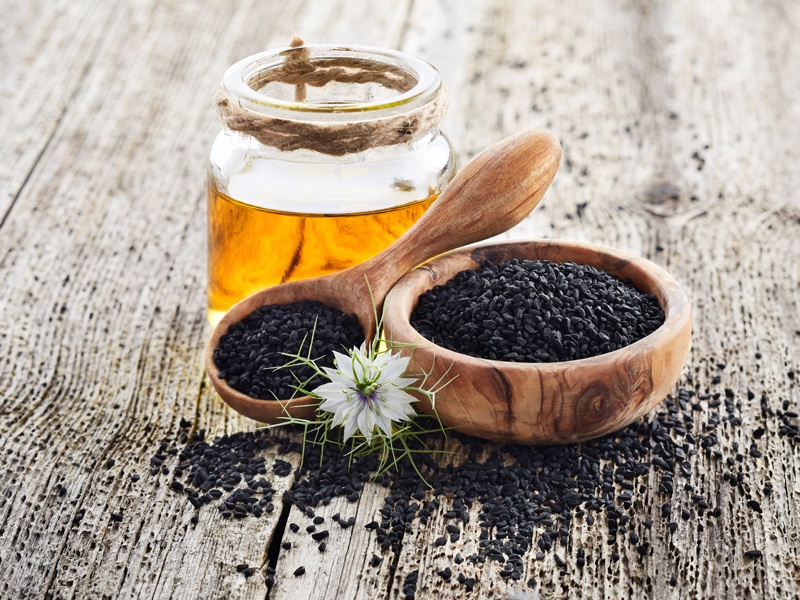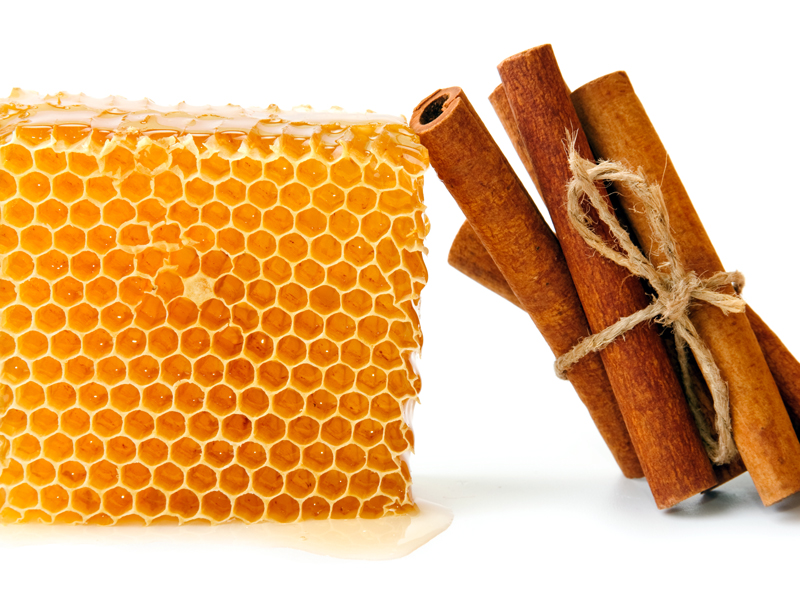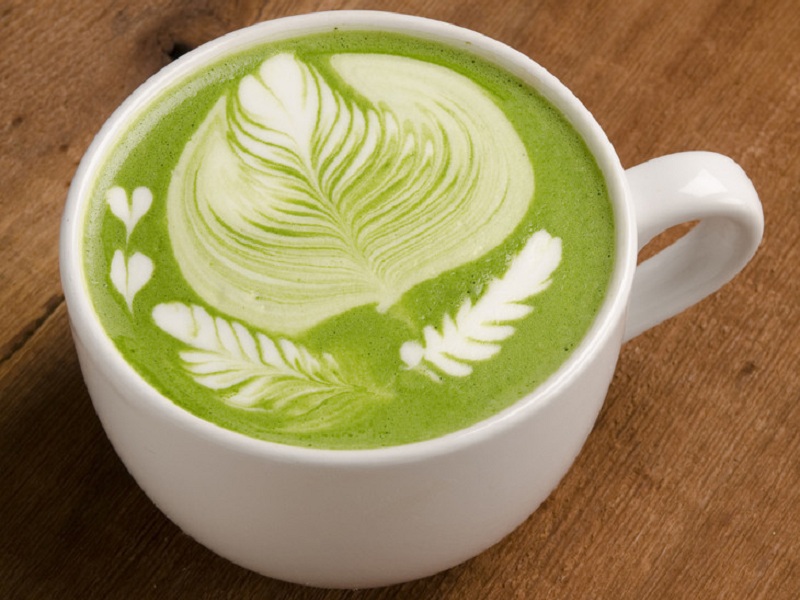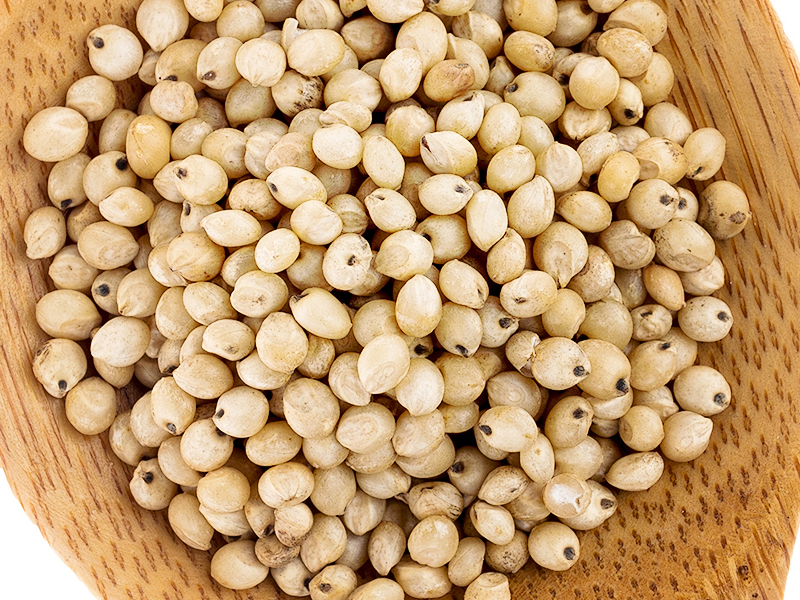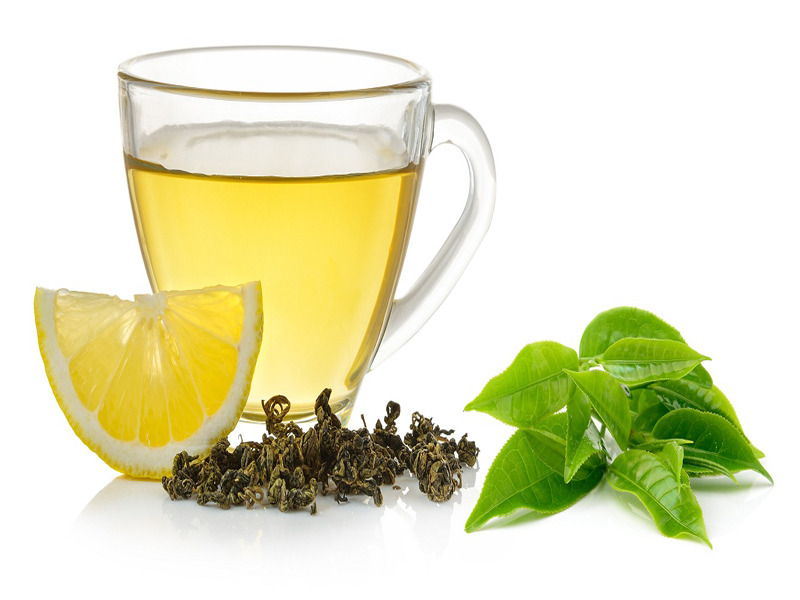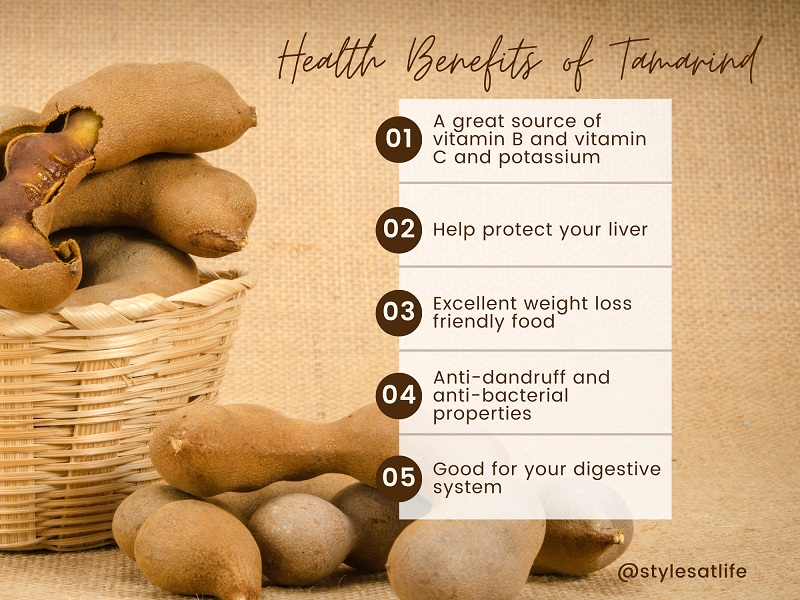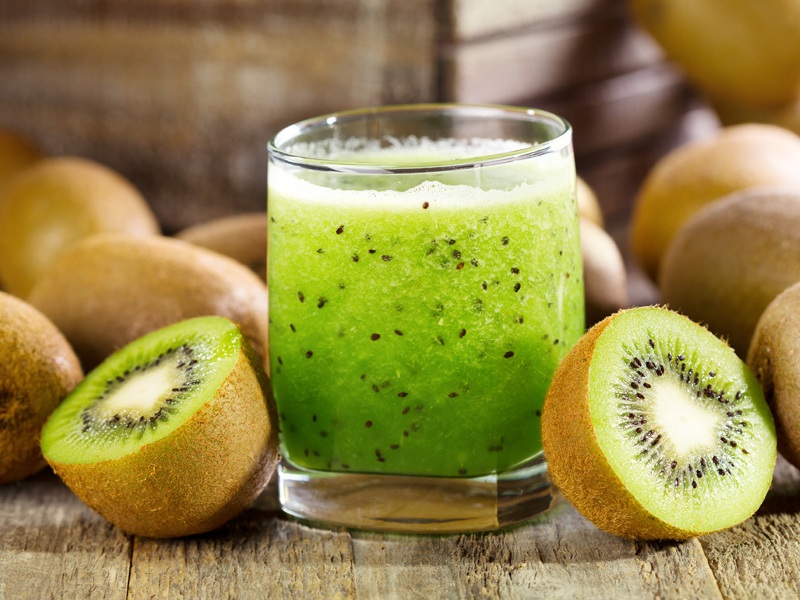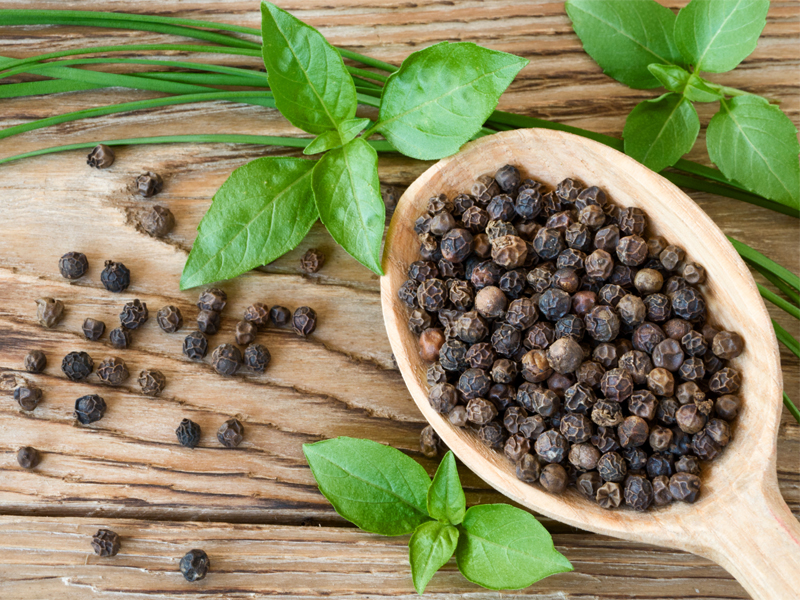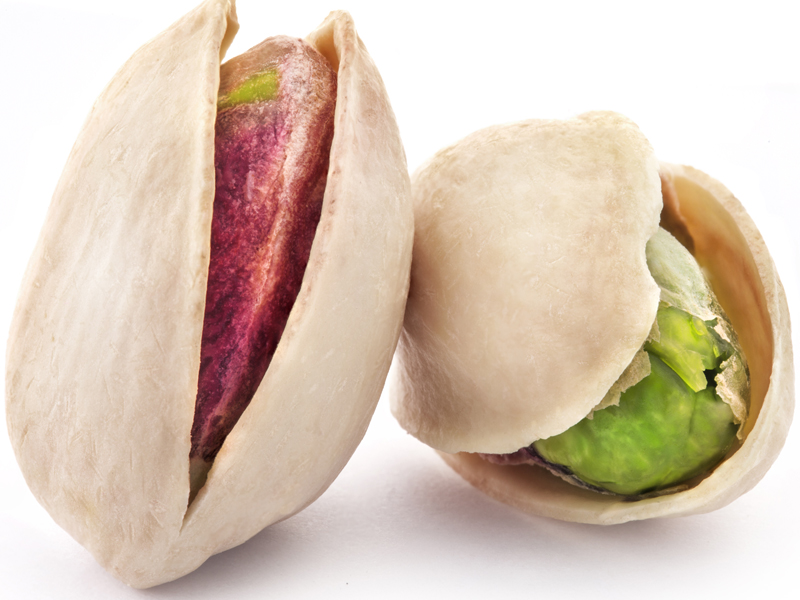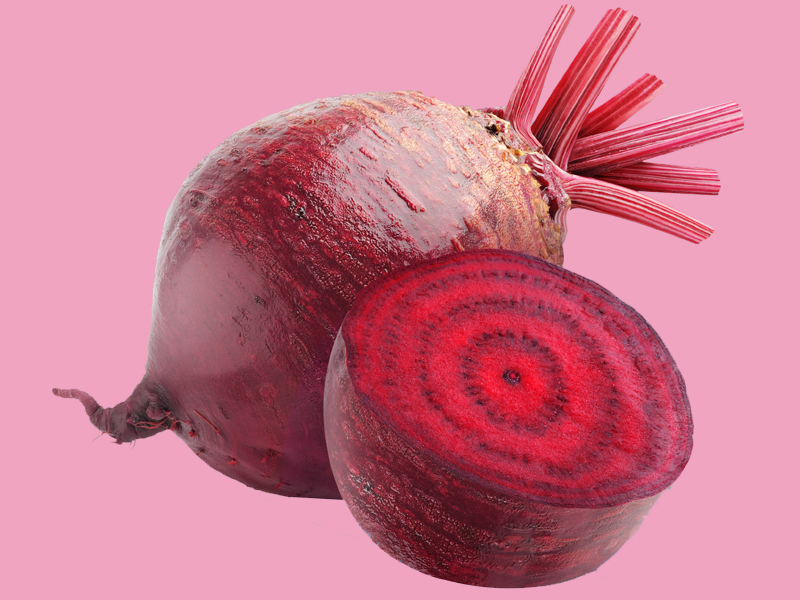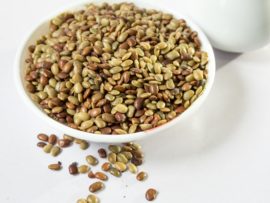Wheatgrass must be a familiar name, especially if you are a health enthusiast. However, did you know Wheatgrass is a superfood packed with antioxidants and nutrients? Yes! Reap the wheatgrass juice benefits by adding this nutritious juice to your diet. Often referred to as green blood, Wheatgrass is the plant’s young leaves. It is classified as a superfood because of its potent nutritional profile. Wheatgrass juice’s neuroprotective, antioxidant, anti-inflammatory, and anti-bacterial properties make it an excellent general health tonic.
Wheatgrass juice benefits range from reducing cancer risk and managing diabetes to weight loss. Though many people prefer to consume Wheatgrass as fresh juice, it is also available as pills, capsules, and powder, making its consumption more manageable.
Let us look into this article that discusses the benefits of Wheatgrass, how to include it in your diet, and if there are any potential risks in detail. Read on!
Is Wheatgrass Juice Good for You?
Yes! For years, there has been talk among health enthusiasts about the health benefits of Wheatgrass. Wheatgrass has antioxidants like vitamin E, vitamin C, and glutathione that fight free radicals in the body while reducing oxidating stress (1). Furthermore, it also helps protect your body from neurodegenerative diseases, cancer, and arthritis. Though there is anecdotal evidence that young wheat is potentially beneficial for your body, research is needed to prove the claims.
Nutrients in Wheatgrass Juice:
Wheatgrass has vital nutrition, amino acids, proteins, antioxidants, and bioflavonoids, in addition to 17 different amino acids, of which eight are essential and cannot be produced by humans (2). Furthermore, it has many health benefits attributed to chlorophyll, a type of green pigment (3). Additionally, you can also find several vitamins and minerals in Wheatgrass. 100 grams of wheatgrass powder consists of the following nutrients:
- 312 kcal Energy.
- 12.5 grams of Protein.
- 75 grams of Carbohydrates.
- 50 grams of Total Dietary fibre.
- 300 grams of Calcium.
- 12.5 grams of Iron.
Health Benefits of Wheatgrass Juice:
We have listed some widespread benefits of incorporating wheatgrass juice into your diet. Go through the list and reap the benefits:
1. Antioxidant, Anti-bacterial, and Anti-inflammatory properties:
Wheatgrass benefits for health are attributed to the powerful combination of nutrients. It is also known to be a complete nourishment owing to its many therapeutic benefits. Wheatgrass juice can be an exceptional choice to enhance your well-being because it has an extensive combination of vitamins, nutrients, antioxidants, and anti-inflammatory and anti-bacterial properties. Furthermore, it also contains the following nutrients:
- Calcium.
- Iron.
- Enzymes.
- Phytonutrients.
- Magnesium.
- 17 amino acids.
- Chlorophyll.
- Proteins.
- Vitamins A, C, E, K and B complex.
2. Lose Weight Naturally:
Wheatgrass has thylakoids, which help promote weight loss with consumption. Thylakoids were found to slow down gastric emptying, according to a study conducted on rodents. You can also suppress hunger by adding wheatgrass juice to a high-carb meal, which can reduce body weight efficiently (4). According to another study, there might be a lower food intake when there is an increase in cholecystokinin when thylakoids suppress appetite (5).
3. Help to Fight Cancer:
Another Wheatgrass uses is that it helps you fight against cancer cells because it possesses anticancer properties (6). A low-oxygen environment is where cancer cells thrive, and Wheatgrass provides your body tissues with a high supply of oxygen, which can help combat cancer effectively (7). Wheatgrass has been discovered to possess cytotoxic and anti-proliferative properties (8).
Wheatgrass juice also reduces the risk of blood toxicity caused due to chemotherapy, according to a study conducted on 60 patients with breast cancer (9). Nevertheless, further research is needed to determine how Wheatgrass contributed to cancer prevention.
Read: Top Health Benefits of Wheatgrass Powder
4. Aids Digestion:
Another Wheatgrass health benefit is that it improves digestive health significantly with the help of digestive enzymes (10). Furthermore, you can also increase the number of bowel movements by consuming Wheatgrass juice (11). According to some anecdotal evidence, you can reduce issues like bloating, abdominal discomfort and gas by consuming Wheatgrass by cleaning the intestines. However, there is a need for more studies to support this claim.
5. Controls appetite:
Wheatgrass can be beneficial in stimulating your metabolism while suppressing your appetite, which can be an ideal option to lose those unwanted pounds. Wheatgrass can meet all your body’s nutritional requirements because it is a powerhouse of essential minerals and vitamins. Furthermore, you can reduce food cravings while providing all the nutrients your body needs when consuming Wheatgrass. Additionally, you can burn more calories by eliminating toxic chemicals with the help of chlorophyll found in Wheatgrass.
6. Helps in purifying and improving blood circulation:
Wheatgrass has detergent properties, which can be significant in assisting in removing waste products from the body while being a blood builder. It also promotes your body’s natural processes by breaking down mucous and lymphatic system drainage. Furthermore, Wheatgrass juice was also found to increase blood oxygen levels when consumed directly before exercise or physical activity, thereby boosting circulation.
7. Help with arthritis:
Wheatgrass has anti-inflammatory properties, which might help treat rheumatoid arthritis (12). You can also get improved function and less discomfort by relieving symptoms associated with arthritis, like stiffness, swelling and pain, by incorporating Wheatgrass into your diet.
8. Helps control diabetes:
Wheatgrass positively affects blood sugar levels by lowering the glycemic index of foods, partly because the compounds in Wheatgrass have similar impacts to insulin. There is a decrease in blood glucose levels with the help of the glucose oxidative enzymes in Wheatgrass, according to a study conducted on type 2 diabetes rats (13).
9. Natural remedy for sore throat:
Another Wheatgrass benefit is that it can remedy sore throat naturally by either gargling or drinking it. The juice of Wheatgrass eases up the pain by preventing the bacteria from building up in the swollen areas because it is rich in chlorophyll. Furthermore, Wheatgrass might also stop toothaches while revitalizing gums, according to studies.
10. Boosts your immune system:
Wheatgrass might help boost immunity due to its anti-inflammatory and antiviral properties while increasing the red blood cell count (14). You can stay healthy by preventing diseases and infections when your immunity is optimum. However, to reach further conclusions, more studies are needed.
11. Increases oxygen levels in your body:
Haemoglobin is a component of red blood cells that carries oxygen in our bodies. Wheatgrass helps increase haemoglobin production, which further increases the oxygen levels in your body. However, the positive effect of Wheatgrass on humans needs more research.
12. Reduces menstrual pain:
Wheatgrass might be an effective solution in relieving PMS because it is a rich source of vitamins A, B, C, and E and minerals like Calcium, Magnesium, Sodium, Iron and Potassium. Though there is no scientific evidence to claim the same, anecdotal evidence suggests Wheatgrass juice is potentially beneficial in reducing menstrual pain.
13. Relieves toothache:
Wheatgrass can provide both long-term and short-term benefits when it comes to toothache. The pain relief provided by Wheatgrass juice is attributed to its anti-bacterial properties. You can chew on raw grass or use Wheatgrass as a mouthwash concoction.
14. Removes toxins:
According to a study conducted in 2015, Wheatgrass has nutrients that eliminate the stored toxins and impurities from your body (15). For example, according to 2011 research, Wheatgrass helps support healthy liver function by removing toxic substances due to chlorophyll (16). Finally, there is an increased level of energy and overall betterment of health once your body cleansing is done.
15. Prevents gum diseases:
Wheatgrass might prevent gum diseases; all you have to do is drink half a glass of Wheatgrass juice daily on an empty stomach. Furthermore, you can also boost your dental health by gently chewing Wheatgrass to exercise your gums and teeth.
16. Reduces Dandruff:
You can reduce dandruff and other scalp irritations with the help of Wheatgrass juice, which is attributed to the anti-inflammatory compounds present in it. Furthermore, you can also reduce any inflammation present in the scalp using combinations in Wheatgrass.
Read: Ways to Use Wheat Germ Face Mask to Lighten the Skin
17. Reverses Gray Hair:
Wheatgrass juice is packed with nutrients, vitamins and high levels of chlorophyll, which helps invigorate the oxygen supply to the body in addition to several other benefits. There is anecdotal evidence that these vitamins and minerals might reverse greying hair. However, there needs to be more research to prove the same.
18. Promotes hair growth:
Wheatgrass can benefit healthy hair growth because this juice contains high amounts of vitamins and minerals like vitamins A, C, E, Iron and Zinc. There is a positive impact on the promotion of hair growth while preventing hair loss with regular consumption of Wheatgrass juice.
19. Making your skin glow:
Wheatgrass juice contains natural phytochemicals like flavonoids rich in antioxidants and vitamins, which can help reduce free radicals in your body, slowing down the ageing process. Furthermore, Wheatgrass juice protects your skin from UVA and UVB rays, efficiently decreasing fine lines, wrinkles and sunspots. It also adds photoprotective benefits to your skin since Wheatgrass is high in Vitamin E.
20. Helps in acne prevention:
According to a study published in Food Science and Quality Management,’ Wheatgrass helps prevent the prevention of pimples, which is attributed to the anti-bacterial properties of the chlorophyll in Wheatgrass’ (17). Furthermore, Wheatgrass also has anti-fungal properties that help treat psoriasis and eczema.
21. Heals wounds:
The anti-inflammatory properties of Wheatgrass are said to help you heal wounds associated with scars and blemishes. The high amounts of Vitamins C, K, B and E in the Wheatgrass juice helps in wound healing and skin regeneration efficiently (18).
22. Sunburn curing:
Solar radiation can affect your skin, so sunscreen is necessary whenever you go out. However, Wheatgrass has photoprotective properties, attributed to Vitamin E, that efficiently reverse and prevent sun damage (19).
23. Anti-ageing:
The antioxidant properties of Wheatgrass are said to reduce oxidative stress, which might help slow down the ageing process. The most significant benefit of Wheatgrass is that it works efficiently with the anti-ageing process by working as an antioxidant (20).
24. Eliminates body odour:
Wheatgrass juice benefits include supplying your body with fresh oxygen while reactivating the red blood cells. This process helps eliminate bad breath and body odour by detoxifying the lymphatic system efficiently.
Wheatgrass Juice Side Effects:
Though wheatgrass juice has several benefits, overconsumption can also cause side effects. They are:
- Because wheatgrass grows in soil and is eaten raw, it increases the risk of contamination.
- Hypersensitive people might experience headaches and throat swelling with excess wheatgrass intake (21).
- The gluten in Wheatgrass might cause nausea in people with gluten intolerance (22). However, more research is needed in this regard because a research paper has concluded that there is no gluten in Wheatgrass.
- Wheatgrass might cause allergic reactions like vomiting, diarrhoea, cramping, and vomiting in people allergic to wheat products.
How to grow Wheatgrass at home:
Here are the simple steps you can follow to grow Wheatgrass at home effectively and healthily:
- Take a bowl and transfer 250 grams of organic wheat grain you want to grow.
- Now add water three times that of the seeds and let them soak for about 12 to 18 hours.
- Drain the soaked water and then wash the seeds with water thoroughly.
- Now repeat the steps 8 to 12 hours later again.
- Fill 3/4th of the seed tray with compost on the third day. Make sure to put holes at the bottom of the tray.
- Form a fine layer of seeds by evenly spreading them on the compost’s top.
- Use a water can or a hose to water the seeds lightly.
- Place the seeds in an environment at 16-22C and cover the top of the planted seeds with another tray.
- Remove the top tray on top of the planted seeds after two days.
- Now, place the tray with planted seeds where the seeds get indirect sunlight.
- Water the newly growing plants generously; as the grass grows, you can increase the water dosage. At the same time, continue to water the plants once a day.
- After initial soaking, you will get ready-to-use wheat grass in 8-9 days.
- Before each blade of grass develops a second shoot, cut the grass with scissors and store it in a container bag in the fridge.
- When refrigerated, Wheatgrass remains fresh for one week.
How to make fresh Wheatgrass juice at home:
You can reap the most benefits from Wheatgrass when you consume it in the form of juice. Though the optimal choice is to make fresh juice in single batches, you can also make wheatgrass juice in the largest quantities and store it in a refrigerator. Here are the simple steps you can follow to prepare fresh wheatgrass juice at home:
- You must wash approximately ¼ cup of Wheatgrass for a single juice shot.
- Chop the grass into smaller pieces roughly.
- Make sure to measure ¼ cup of grass per serving and not more.
- You can add other fruit juice or honey to the liquid for taste.
Read: Healthy Reasons to Drink Papaya Leaf Juice
How To Use Wheatgrass Juice:
There are several ways in which you can incorporate Wheatgrass into your diet. They are:
- You can add wheatgrass juice to any of your fruit juice or smoothies.
- You can also get wheatgrass powder or capsules in many health food stores and some grocery stores.
Furthermore, you can also add Wheatgrass juice to your recipes, making it part of your diet:
- Fruity mocktails or cocktails.
- Salad dressings.
- Soups.
- Cupcake frosting.
- Dips like guacamole or hummus.
How much wheatgrass juice should I drink per day?
Drinking small quantities of wheatgrass juice is advised because Wheatgrass’s potency is powerful. 30 ml is the approximate recommended dosage to maintain optimum health to be taken daily. Furthermore, in addition to green juices and a nutritionally balanced diet, you can take up to 60 ml twice a day, especially if you are recovering from a significant health issue.
However, ensure you don’t overdo it by taking too much Wheatgrass because overconsumption might cause stomach issues. Therefore, it is best to start slow with little and then slowly increase the quantity, giving your body time to get accustomed.
What is the best time of day to take wheatgrass juice?
Since Wheatgrass gets absorbed into the blood readily, i.e., within 20 minutes, it is recommended to take Wheatgrass on an empty stomach. Though there is anecdotal evidence, there is a need for proper evidence for the same. To be on the safer side, you can consult a doctor.
If you wish to make the most of the Wheatgrass juice benefits, it is advised to incorporate the same into your daily routine. However, note how your body reacts to the consumption of wheatgrass juice to rule out any allergic reactions. You can try the trial-and-error method to determine the dosage and time. Furthermore, you make some lifestyle changes and take Wheatgrass juice, especially when dealing with a specific health concern. Finally, before you add anything to your diet, it is best to consult a doctor. Don’t forget to let us know if you found the article helpful!
Disclaimer: The information provided in this article is based on pure research and not a replacement for professional advice. The website is not responsible for the authenticity and accuracy of the information.
FAQ:
1. What are the precautions one must take while consuming Wheatgrass juice?
Here is the list of precautions you must take while incorporating Wheatgrass juice into your diet:
- It is advised to take Wheatgrass juice with other fluids because it is usually concentrated.
- Discard the Wheatgrass juice immediately if it tastes bitter.
- Make sure to sterilize the trays where you grow Wheatgrass to avoid contamination.
- Read the instructions on the package while you store the Wheatgrass powder supplement.
2. Is Wheatgrass a replacement for vegetables?
Wheatgrass might contain nutrients beneficial for our body, but it is not a replacement for vegetables. However, taking wheatgrass juice in combination with vegetables can work well.
3. Is it possible to reverse grey hair with Wheatgrass?
There is anecdotal evidence that shows a reversal of grey hair with Wheatgrass intake daily. However, there is no scientific proof to support the claim.



